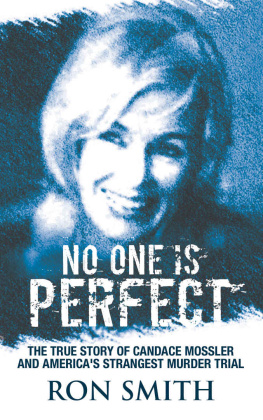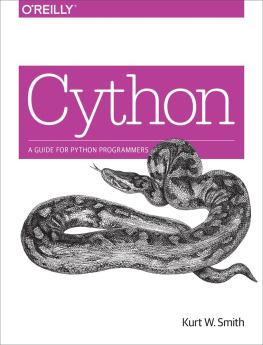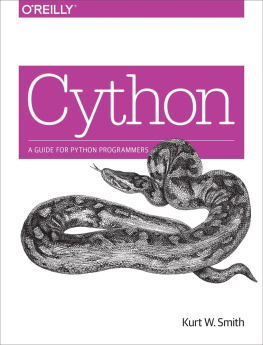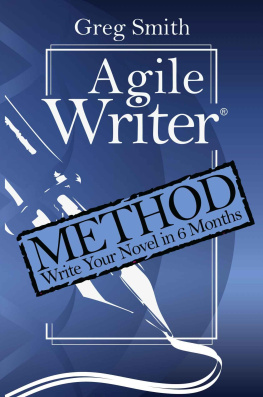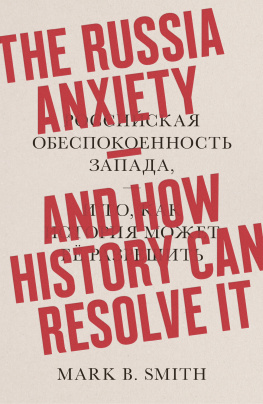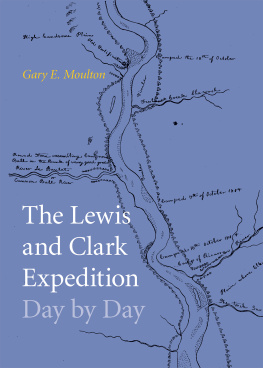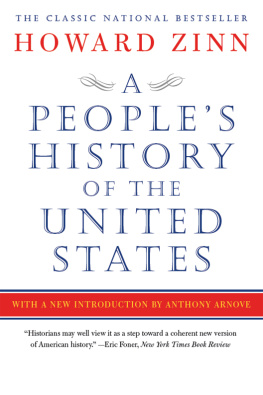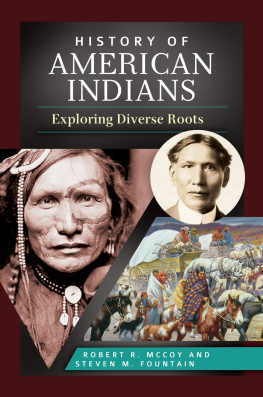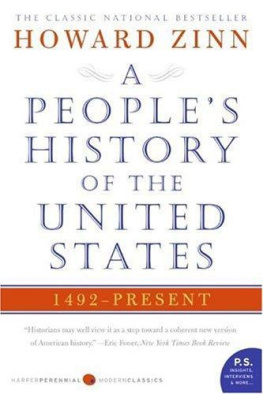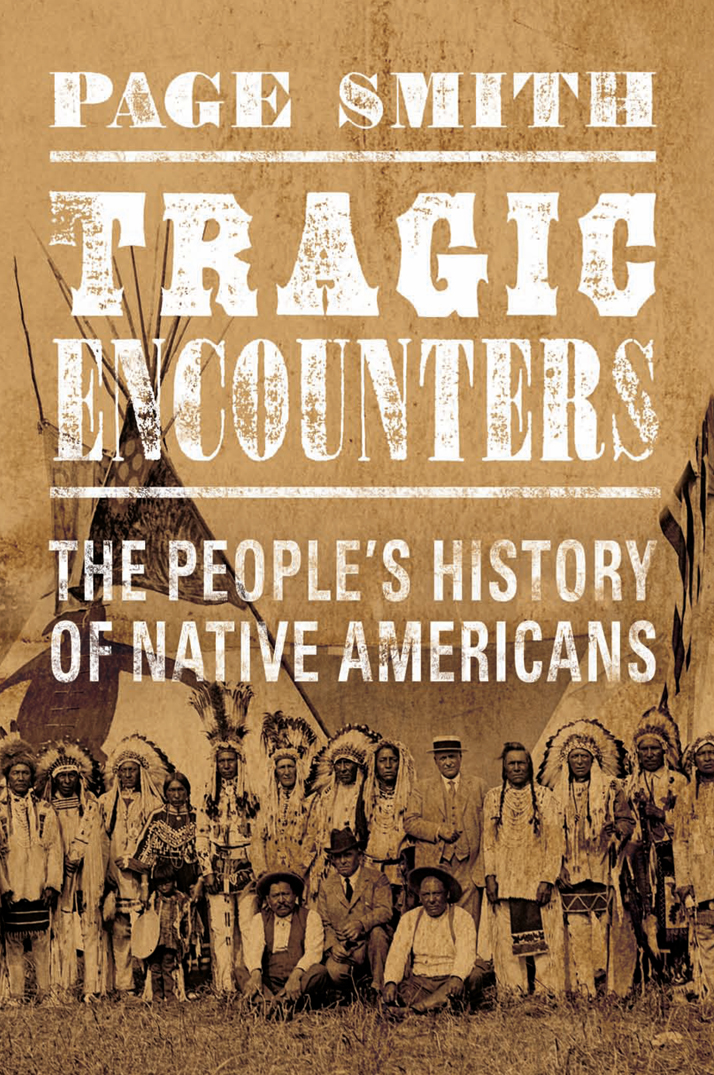TRAGIC ENCOUNTERS

Copyright The Page and Eloise P. Smith Trust 2015
All rights reserved under International and Pan-American Copyright Conventions. No part of this book may be used or reproduced in any manner whatsoever without written permission from the publisher, except in the case of brief quotations embodied in critical articles and reviews.
Library of Congress Cataloging-in-Publication Data is available.
Cover design by Faceout Studio
Interior design by Domini Dragoone
COUNTERPOINT
2560 Ninth Street, Suite 318
Berkeley, CA 94710
www.counterpointpress.com
Distributed by Publishers Group West
10 9 8 7 6 5 4 3 2 1
e-book ISBN 978-1-61902-664-3
This book is dedicated to Pages grandchildren and great-grandchildren: Cary, Page, Levi, Noah, Sara, Robert, Matthew, Samantha, Gavin, Logan, Reef, and Isa
Contents
Guide
CONTENTS


Publishing posthumous work presents unusual challenges. Lacking entirely, of course, is the dialogue between the author and his or her editors. On a few occasions, the author has finished a complete and final draft, and the book is for all intents and purposes ready to go. We can then proceed concerned only with making certain that through copyediting and proofreading we have accomplished what the author would have wished.
On other occasions a manuscript is discovered left in an earlier draft, in a form showing clearly that the author would have wished to revise further and had not completed his or her own necessary work. A few of these are so far from being other than fragmentary first drafts as to discourage even the best editorial intentions from going forward. But in the case of Page Smiths Tragic Encounters, the great American historian obviously had devoted considerable time and effort into assembling this manuscript. It shows evidence of revision that suggests he was readying a version for a new typescript, and the version left behind lacks sources and his bibliography. And knowing a bit of his working habits one can easily imagine this text being only a draft away from something he would have submitted to his publisher.
We know too that he was a willing participant in the editorial process and we might have had exchanges that would have led to smoothing out a bit of the prose and eliminating some of the repetition that remains. Out of respect for Professor Smith, we have kept these editorial alterations to a minimum.
All books are products of the time of their composition, and this one is no different. Some readers may find a few words or characterizations offensive and for that we apologize. But it is our belief that Page Smith has here made a wonderful contribution to the story of the European contact with the Native peoples of North America, and together with the surviving members of Smiths family we are proud to see it into print.

In a striking, and to me somewhat mysterious manner, those aboriginal or tribal people, whom we have chosen, rather misleadingly, to call Indians, have emerged in the last two decades from the obscurity into which they fell at the end of the Indian Wars, circa 1890, to become once more a major preoccupation of white Americans. Their champions have claimed a new name for them, Native Americans, on the grounds that they were here long before the white man invaded their continent. The white invaders are now often called Euro-Americans, presumably to emphasize that they (we) were the intruders and conquerors of the original, real Americans. Seen in this light the latecomers appear as false claimants, bogus Americans (ironically, a substantial majority of Indians when polled as to their preference indicated that they preferred the name Indian, to Native American).
The reasons for the sudden prominence of Indians are undoubtedly related in part to a re-awakened environmental ethic, to admonitions to love and preserve the land. The Indians, we are told, are a model for us. They had an intimate relationship to the natural world that we should try to emulate. Contributing to the elevation of the Indian is, doubtless, a kind of modern primitivism, a weariness with a world of technological wonders; a desire to return to a womb of innocence, to recapture the instinctual life of the natural man and woman.
In addition, we now have a mens movement, represented most conspicuously by the aging poet, Robert Bly, who tells middle-class, middle-aged white American males that they need to assert their warrior selves; that they need to revive the primitive rituals of initiation, to drum and make spears and dance primitive dances.
Finally, the strange, tragic story of the encounter of white Europeans with darker-skinned aborigines has proved to be a convenient stick for angry critics of everything American to beat the corrupt, criminal, genocidal United States with. That encounter is offered as irrefutable evidence of our national depravity.
It seems to me that the most sensible way to address the issue of Euro-Americans versus Native Americans is to eschew polemics and tell the story as simply and directly as possible in the classic form of narrative history. In each volume of my Peoples History of the United States I have discussed the relations between Indians and Settlers from the days of colonization to the end of the nineteenth century. I have collected chapters from each volume to constitute a chronological account of those relationships and I have added an additional chapter to bring the story more or less up to the present.
This work is not offered in any sense as a history of the American Indians or even a comprehensive account of whiteIndian relations. It is, rather, an effort to suggest the nature of that interchange, of its inherent drama and abiding human interest; and to trace the hold that Indian culture has had on the imagination of the European settlers who ventured to the part of the New World that became in time the United States.

The encounter between the English colonists and the American aborigines, to whom the English gave the general name of Indians because of the darkness of their skin, was one of the most dramatic meetings between different cultures in all of history. The Indians were divided into innumerable tribes that spoke some five hundred different tongues and dialects. (This was one of the facts about the native Americans that led to the speculation of the colonists that the Indians might be the Lost Tribes of Israelonce a single people, but now cursed by God for their presumption in seeking to build the Tower of Babel and condemned to be divided and to speak in a multitude of strange tongues.) Many of these tribes were constantly at war with each other. With few exceptions, the culture of those Indians encountered by settlers from the Old World was based upon a perpetual state of war. Fierce courage in battle and stoic endurance under horrible tortures were the highest ideals of tribal life. In almost every respect, colonists and the Indians represented radically different patterns of culture. In the eastern part of the North American continent most of the aborigines were warrior-hunters, people of extraordinary physical hardihood and stamina. Roaming over vast territories, they had no notion of landed property and no idea of abstract justice. Cruelty, violence, and constant warfare were the facts of daily life. Yet the European mind was captivated by the idea of the noble savage as it has been by few ideas in its history. Both Voltaire and Rousseau, philosophers who nurtured the Enlightenment, saw society as corrupt and decadent, far removed from the wholesomeness and simplicity of the natural man. They romanticized the savage man, whom they saw as being close to nature, his intelligence unclouded by priestly superstition, by social conventions, fashion, greed, and ambition. Voltaire wrote a novel called



